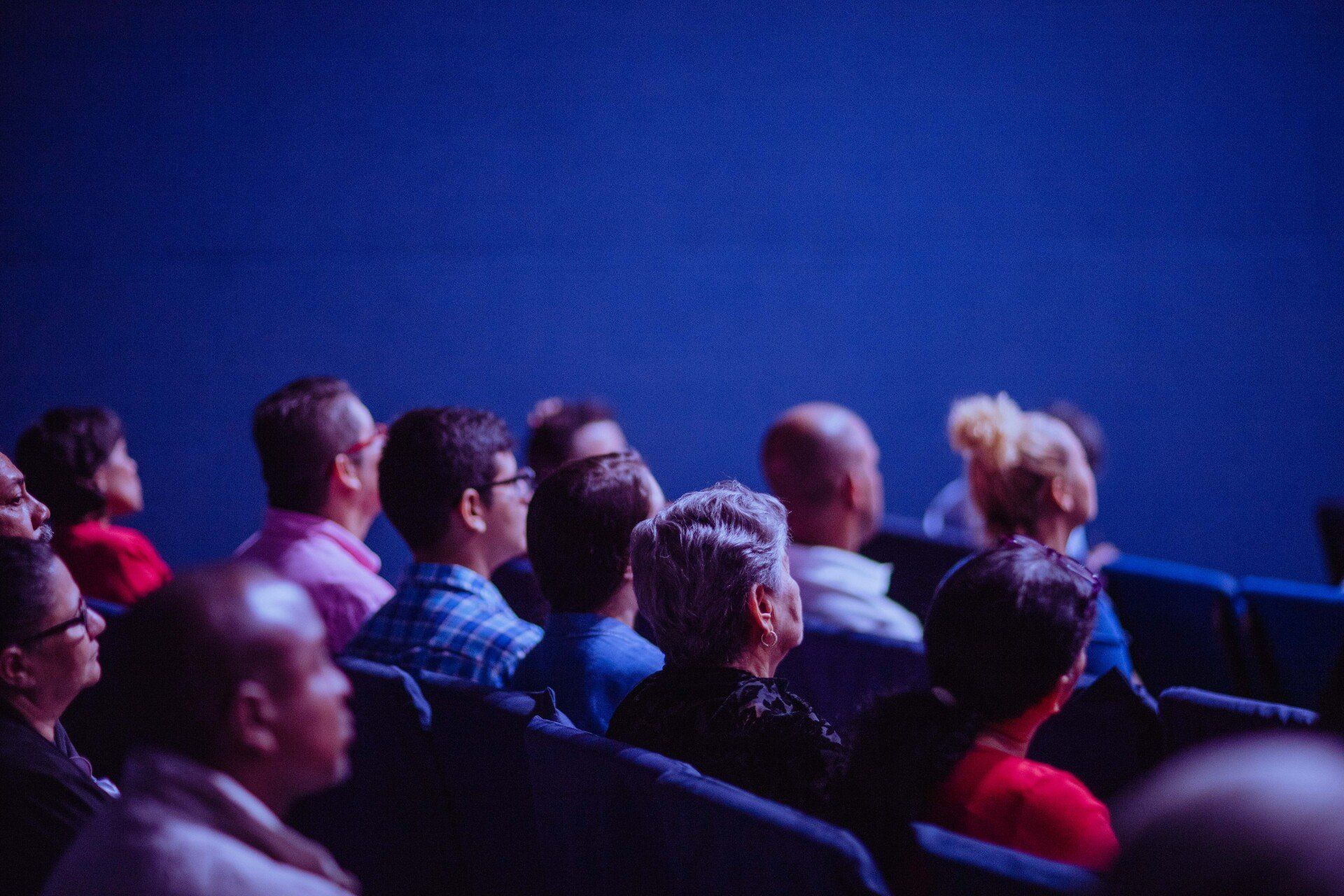The Science of Logo Design


How do we build an effective logo?
When we think of a logo design, one would usually think of McDonald’s, or Nike, or BMW…they’ve been implanted in our minds that their recall rate is immediate. But why are we so quick to remember these logos? An effective logo triggers 4 cognitive events in a particular order. You can get everything right about a logo, pretty, simple, timeless, and scalable, but if it doesn’t strike these 4 marks, it is possible that your logo may not be effective. Let’s break it down:
Does it grab your attention?
An effective logo grabs attention. Throughout the history of our human ancestry, we have developed 3 kinds of stimuli critical to our survival. We have the attention allocation software in our brains that reflexively responds to the 3 different stimuli below:
- Novel Stimuli
- This is anything that deviates from the norm and that grabs our attention. It appears new, and unfamiliar. Now, can this be applied to existing logos? Certainly. You can make a logo significantly different or add novelty by changing it in an interesting way.
- Super-Normal Stimuli
- This is when we notice something that has bright colors contrasting forms, mating cues, faces...items that trigger an instinctive response.
- Partially Obscured Stimuli
- This is when we pay special attention to incomplete patterns, reflexively completing them by filling in the missing data, using negative space or a mask (think of the logo from commercial tv station USA).
How do you respond to it?
Our brains evaluate and form an emotional response to items we see throughout our day. Is it happy? Aggressive? Cute? Romantic? Adventurous? Intimidating? Technological? Good logos will set an emotional tone with its audience which they will instinctively and subconsciously align with the brand.
What does it mean?
Logos that express and communicate multiple meanings that align with the brand will ultimately get their logo remembered. You want to make your audience think hard because it is the first cognitive event processed at a conscious level. The more connections made in memory will be more likely recognized in the future!
Will you remember it?
Last but not least, we have memory. When you see a list of items in a row but you notice one that is off-kilter, which one will you notice and remember? The one that is out of place! Our subconscious mind will trigger a snapshot to be taken of this item to be remembered.
What about mnemonic devices, or a simple text-based logo, like Disney?
So, what makes a logo, good? If you take your time in crafting a logo that grabs attention, elicits an emotional response, expresses appropriate meaning, and is recalled from memory, then you just may have yourself a winner! Remember, a logo design doesn’t have to be a chore! Define your target market, view the trends, and make some noise. Happy creating!
Looking for the occasional tip?
We promise to only send you the helpful stuff every now and again.
No spam.
"Good insight here Alexander, thank you."
CEO - Leddy Power


